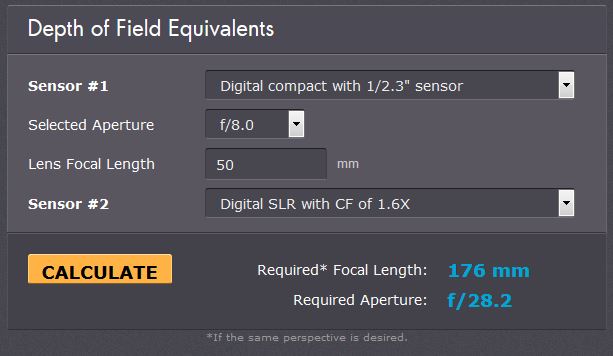I've not used them myself (but know others who do) - but I think it's just different levels of magnification. The 150 is easier to get to grips with, but may not give you enough magnification, I would suggest a 250, even if it's a bit of a challenge to begin with. Have a look in the macro/close up section and in particular some of
@GardenersHelper's posts. He frequently users both of these..
To flesh this out a bit ...
The power of closeup lenses is measured in diopters - the higher the diopters the more magnification you get, the less depth of field you get, and the more difficult they are to use.
There are two sorts of closeup lenses - closeup filters and achromats.
Closeup filters often come in sets of three or four, with power 1, 2, 4 and sometimes also 10 diopters. These are really cheap (eg under a tenner). You get what you pay for. Each lens is made from a single piece of glass and they tend to suffer from a lot of chromatic aberration and other imperfections. They can be a good introduction to how closeup lenses work and to find out if you really do like doing closeups (some people can't get on with it, while others absolutely love it, and some become pretty much addicted to it. You have been warned.) If you do find you are into it, I expect you would soon want something better than closeup filters, but that said some people are happy with them, so it might be all you need.
Achromats are made of two or more pieces of glass and can produce good results when used on a suitable lens. (Like closeup filters) they work well on tele-zoom lenses in the 50-300mm range. You can change the amount of magnification by zooming in and out.
Achromats come in a range of powers. I use a Canon 500D (a closeup lens, not a camera) which is 2 diopters, a Raynox 150, which is 4.8 diopters, a Raynox 250, which is 8 diopters, and a Raynox MSN-202, which is 25 diopters. How much power you need depends on the size of your subjects, whether you want all of the subject or just some of it in the frame, and whether you want images of subjects in their wider environment.
For whole-subject shots of large insects like butterflies, craneflies, damselflies and dragonflies, something in the 2 to 3 diopter range is likely to be most suitable. (This is what I use the Canon 500D for, as well as using it for some flowers.)
For whole subject shots of wasps, bees, flies, beetles, and middling sized spiders, something in the 3 to 5 diopter range is likely to be most suitable. (This is what I use the Raynox 150 for).
For whole subject shots of smaller subjects I use more powerful setups. Some very small subjects need the most powerful of my achromats, but it is hugely difficult (for me at least) to get shots that are pleasing (to my eye at least). I wouldn't start at too high a magnification. (Actually, that is an advantage of a cheap filter set, if it includes a 10 diopter lens. You will very quickly find out how difficult it is to work at the higher magnifications.)
I almost always go for whole-subject and subject-in-its-environment shots. Many people prefer to get much closer in, and see the detail of a fly's eye, a dragonfly's head or a spider's mouthparts etc. If that is where your interest lies then I think Tim is right and it would be best to start with the Raynox 250 (perhaps after trying closeup filters to test the water). Some people get on well straight away with the Raynox 250. Other people (I am one of them) find it rather difficult to work with to start with, and some people find it too difficult and give up. Once you have got the hang of using them closeup lenses can be really easy to use. (It depends a bit on what camera and lens they are mounted on.)
Something like the Raynox 150 or a somewhat similar power Canon 250D or Marumi 200 would be much easier to get you into the swing of things. Something even less powerful such as the Canon 500D or the Marumi 330 would be even easier, but unless you are mainly interested in larger insects and flowers, then I don't think these would be powerful enough for you.


 DSC_9577 by -TDG-77-
DSC_9577 by -TDG-77- DSC_9588 by -TDG-77-
DSC_9588 by -TDG-77- DSC_8056 2 by -TDG-77-
DSC_8056 2 by -TDG-77- DSC_8785 by -TDG-77-
DSC_8785 by -TDG-77-
